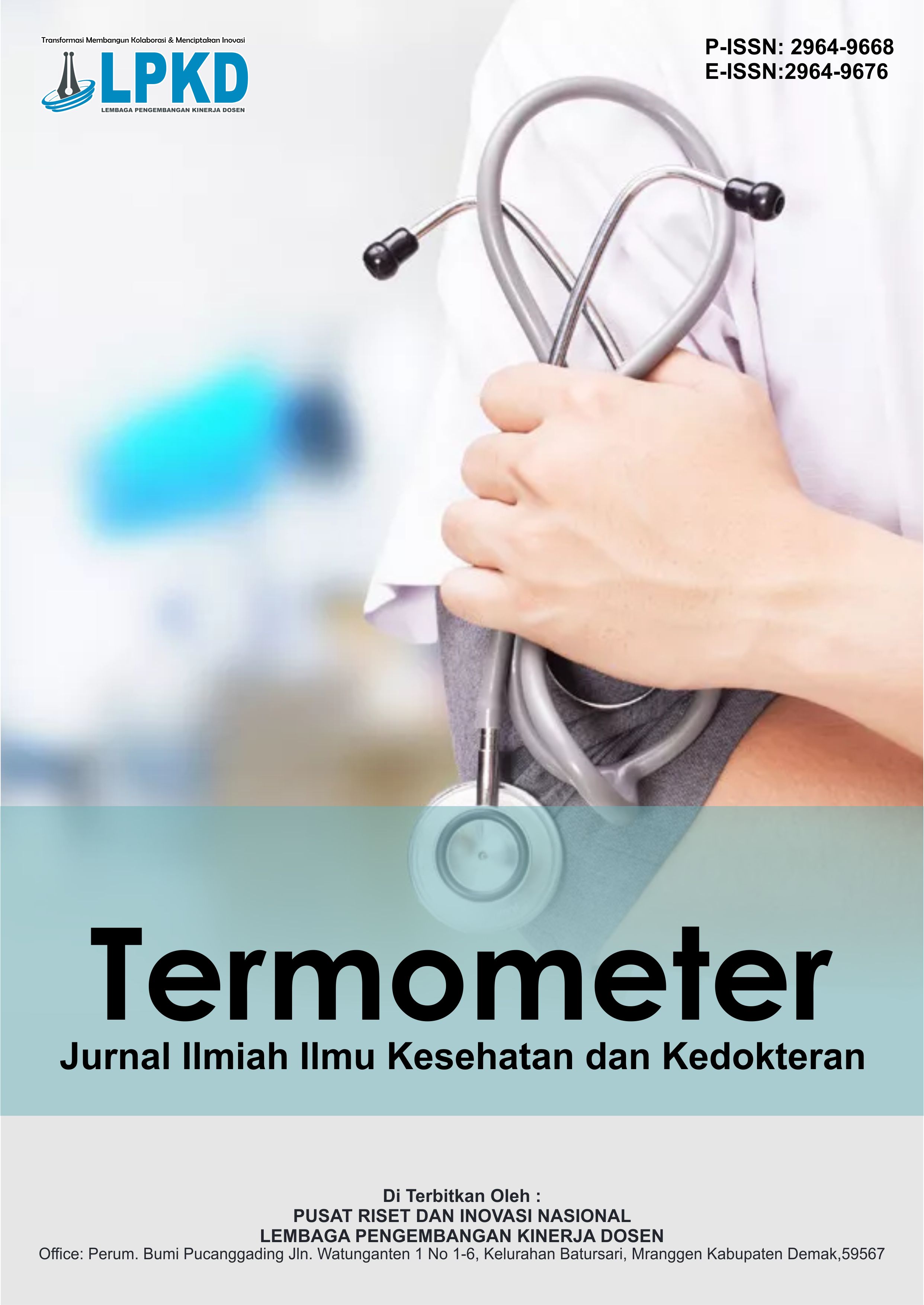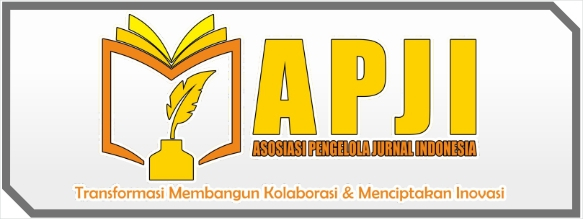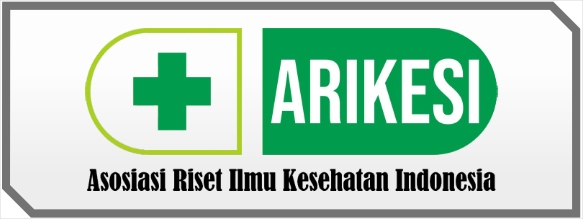Perbedaan Penggunaan Jarum Tipe Quincke No. 26 G Dengan No. 27G Terhadap Postdural Puncture Headache (PDPH) Pada Pasien Pasca Sectio Caesarea Dengan Spinal Anestesi
DOI:
https://doi.org/10.55606/termometer.v1i2.2636Keywords:
Postdural Puncture Headache (PDPH), Sectio Caesarea, Quincke Needle 26G and 27G, spinal anesthesiaAbstract
Background : According to Basic Health Research (Riskesdas) data in 2018, the process of giving birth by caesarean section in Indonesia reached 17.6% of all births. Delivery through sectio caesarea in Indonesia has increased and will result in an increase in the use of spinal anesthesia which has complications in the form of Post Dural Puncture Headache (PDPH). Postdural Puncture Headache (PDPH) is an iatrogenic complication of spinal anesthesia caused by puncture or laceration of the dura mater that causes cerebrospinal fluid (CSF) leakage. Many factors influence the incidence of PDPH, one of which is the size of the spinal needle. The purpose of this study was to determine the difference between the use of 26G and 27G quincke needles on the incidence of PDPH in post sectio caesarea patients with spinal anesthesia at dr Murjani Sampit Hospital. Research methodology: This study uses a quantitative research type with an experimental design. And the sample in this study amounted to 66 patients who were divided into 2 sample groups according to inclusive and exclusive criteria. The incidence of PDPH on the 26G quincke needle was 3 respondents (9.1%) and the 27G quincke was 4 respondents (12.1%). The most common sites of pain were in the frontal section, and the severity was assessed using the Numeric Rating Scale (NRS). Results: on the 26G quincke needle, 3 people (9.09%) experienced PDPH and 4 people (12.1%) with the 27G quincke needle. In the analysis, it was found that p-value 0.801 > 0.05, which means that there is no significant difference between the 26G and 27G Quincke needle sizes on the incidence of PDPH in post-sectio caesarea patients with spinal anesthesia at Dr Murjani Sampit Hospital. Conclusion: there is no difference in the use of needles of the quincke no 26G type with the quincke no 27G on the incidence of PDPH in post sectio caesarea patients with spinal anesthesia.
Downloads
References
Bintang Dwi Oktaviani, 2017. Post Dural Puncture Headache, SMF Anestesiologidan Terafi Intensif, (pp 6 – 10). RSUP Sanglah Fakultas Kedokteran Universitas Udayana.
Haider S, Sikander RI. The Pencilpoint Lumbar Puncture Needles: Are they worth their price? Ann.Pak. Inst.Med.Sci. 2009; 5 (4): 216-219.
Kementerian Kesehatan Republik Indonesia. Riset Kesehatan Dasar 2018. Badan Penelitian dan Pengembangan Kesehatan. Jakarta: Kementerian Kesehatan Republik Indonesia.
Neal, Joseph M, (2013). Postdural Pucture Headache in Regional Anesthesia James P. Ratmell MD, Elsevier Mosby, Philadelphia, Pennsylvania.
Potter & Perry, (2014). Fundamental Keperawatan. Vol: 2, EGC, Jakarta.
Santoso AH, Ngurah IG, Sudadi. 2015. Management PDPH (Post Dural Puncture Headache) as a Neurologic Complication After Regional Anaesthesia. J Komplikasi Anestesi.(2):63–74.
Suwarman, Sitanggang RH, Mayasari F, Yuwono SH. 2017. Incidence of Post Dural Puncture Headache (PDPH) after Spinal Anesthesia at Dr. Hasan Sadikin General Hospital Bandung in February–April 2015 Period. Maj Anest Dan Crit Care. 33 No 2.
Sukris Sutiyatno, 2017. Metodologi Penelitian, K-Media, Yogyakarta. Srivastava V, Jindal P, Sharma JP. Study of Post Dural Puncture Headache With 27G Quincke & Whitacre Needles in Obstetrics / Non obstretics Patients. M.F.J. Anesth 20 (5), 2012.
Shaikh,S.I., Ramesh, N.K, 2015 Perioperative Management of Post DuralPuncture Headache. International Journal of Biomedical and Advance Research; 6(02): 78-83
Tarekegn F, Eshetie S, Aregawi A, 2017. Moges K. Assessment of the Prevalence and Associated Risk Factors of Post Dural Puncture Headache (PDPH) after Cesarean Section Delivery under Spinal Anesthesia. J Anesth Crit Care Open Access. 8(6):6–10.
Downloads
Published
How to Cite
Issue
Section
License
Copyright (c) 2023 Andang Andang, Muhammad Hafiduddin, Mochammad Setiyono

This work is licensed under a Creative Commons Attribution-ShareAlike 4.0 International License.










